As retail parks continue to deliver strong footfall and a more diverse mix of shops, Retail Week visits Nugent Shopping Park in Orpington to see what the latest trends are in successful locations
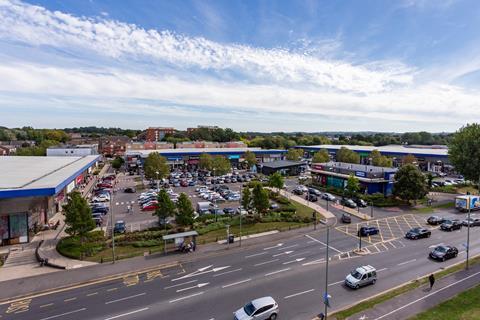
Retail parks have long been a popular destination for shoppers and, more recently, they were left relatively unscathed during the pandemic when high streets and shopping centres took a hit.
Data from MRI Software in early 2021 showed that retail parks were the only part of the retail market to grow in line with pre-pandemic levels once the lockdowns on non-essential retail ended.
This is still the case, as MRI Software data from March showed that retail park footfall grew 4.3% while high streets and shopping centres recorded 1.2% and 0.2% growth respectively.
Nugent Shopping Park in Orpington, outer London, is one of the parks that has been gaining momentum in both sales and footfall. It has become fully occupied following the recent opening of Hotel Chocolat and is seen by its owner British Land as best in class.
British Land head of asset management and retail parks Matt Reed says the broad range of occupiers added to the park post-Covid has helped to revitalise the park, ”pushing up occupancy and pushing down the vacancy rate”.
Expanding choice
British Land expects ‘hybrid parks’ such as Nugent to achieve the strongest performance in the future.
Made up of a “shifting tenant mix” including discounters and omnichannel retailers, hybrid parks are attracting customers to visit “once or twice a week” – Next, JD Sports and Marks & Spencer are among the big footfall drivers.
“This creates a bit of a halo effect and we’re now seeing a broad range of retailers including fashion brands and food outlets looking for space on hybrid parks to try and piggyback off that regular footfall,” Reed says.
“As a result, hybrid parks attract the widest range of retailers and have the most regular spend, which in turn helps further enhance the affordability of these locations and our ability to unlock rental growth.”
“High footfall can be attained if you provide something that’s a viable alternative to the high street”
Jonathan De Mello, JDM Retail
While Nugent’s offering means more repeat customers and strong footfall, that hasn’t always been the case.
British Land asset manager Zeba Aleem says in 2018, the park had a “couple of voids” it was carrying from bust businesses and had very little in the way of food and beverage.
Since then, British Land has added that alongside occupants such as Boots, Superdrug, JD, and Greggs there are restaurants such as Five Guys and Nandos.
Aleem adds the last unit that was let to Hotel Chocolat received “multiple bids” and annual footfall has increased by 10% compared with 2018. Sales have surged 19% in that time.
A major draw to retail parks is that the average site is made up of 15 to 20 large units, which Reed says means more choice for the consumer as shops can offer more stock in-store.
More stock means “more chance of additional spend” and the larger space can also offer additional services such as click and collect.
The JD Sports store at Nugent has achieved a 30% uptick in additional spend from its click-and-collect service, as customers picking up their orders also spot other products to purchase.
Overtaking the high street
Jonathan De Mello, chief executive of JDM Retail, observes that Nugent has drawn high footfall partly because Orpington has a “very weak town centre offer”.
“Nugent is one of the best retail parks in the UK but it’s because the high street nearby is so weak that it can thrive,” he says.
“High footfall can be attained if you provide something that’s a viable alternative to the high street.”
He adds that retail parks could be “directly responsible” for the decline of some high streets.
Such locations became stronger as retailers such as Marks & Spencer chose to move out of high streets to retail parks where they showcased their best stores.
Although the challenges facing some other shopping destinations have no doubt boosted retail parks, Reed believes the ongoing success of the format comes down to “affordability, adaptability, and accessibility”.
Compared to shopping centres, retail parks offer “incredibly low occupancy cost ratios” and long leases make it an attractive investment for some.
“On a retail park, the average lease is probably 10 years with a break at year five,” Reed says.
“But what you’re also seeing now is the likes of the [food] discounters will take 15-, 20- or 25-year leases and they will want that length to be able to invest upfront.”
Reed says there are now some “big opportunities” for healthcare in retail parks. British Land has already made a deal with NHS-funded InHealth in a retail park in Manchester to provide space for x-rays, MRI scans, blood tests and other diagnostic services.
“We’ve also started to see dental healthcare expanding into retail parks and we’ve got a huge focus on electric vehicle charging hubs,” he adds.
“There’s a really interesting opportunity now to drive some revenue from our parks that didn’t exist five years ago.”
If hybrid is the future, the next 10 years may bring all sorts of new and unexpected occupants as retail parks seek to keep the offer fresh.






















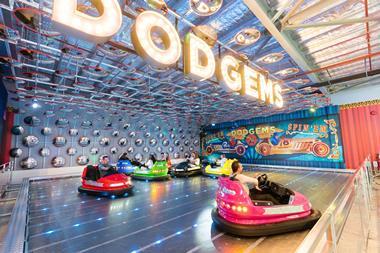
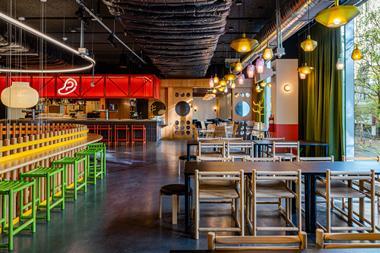
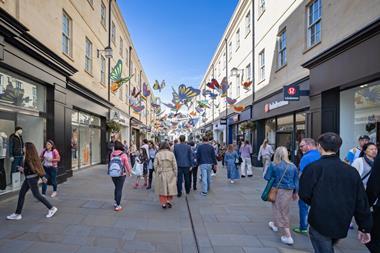
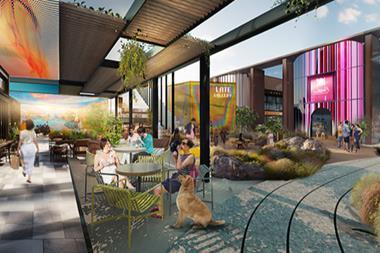
1 Reader's comment